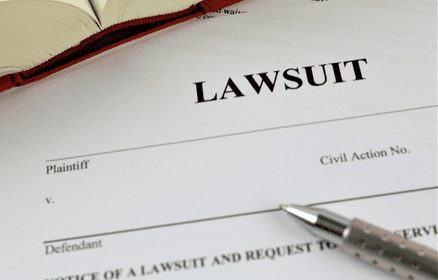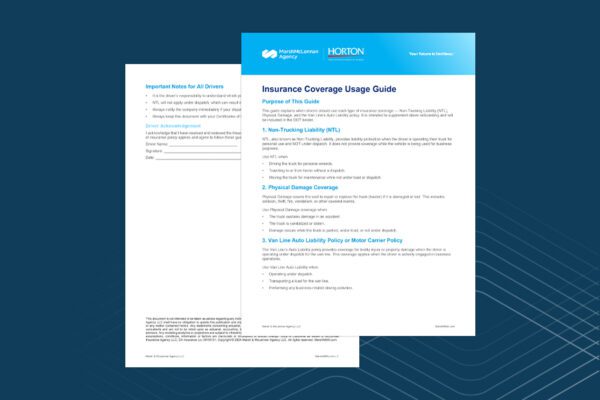The possibility of a costly abuse claim arising is a very real threat for organizations that provide care or services to vulnerable populations, including children, the disabled and the elderly. Abuse can take a variety of forms as it can be sexual, emotional, physical, or even financial in nature.
Year after year, camps, schools, sports associations, churches, daycares, and other charitable organizations face the staggering financial cost of civil judgments due to the abusive conduct of their employees or volunteers.
While organizations can mitigate their exposure to incidents of abuse through proper risk management, no organization is ever immune to abuse claims. With this in mind, it is imperative for organizations to understand what role insurance can play in relation to liability arising from actual or alleged abuse.
What Are the Risks?
In recent years, organizations in certain industries, especially the religious and education sectors, have been propelled into the spotlight because of lawsuits stemming from allegations of sexual misconduct or abuse toward minors. Sexual misconduct, molestation and abuse are serious liability issues for any business, but certain organizations are especially at risk if it is frequent, unsupervised interaction between children and adults.
While you may not think instances of abuse and molestation will occur at your workplace, the reality is that every employee and volunteer represents a potential risk. What’s more, many employers are often unaware they can be held liable for the harmful actions of their staff or volunteers, whether it be bullying, abuse or molestation.
Let’s examine some examples:
- A nonprofit suffered devastating reputational and financial damage after one of its volunteers allegedly abused a minor. The defense fees alone exceeded $150,000.
- A school was taken to court after a teacher injured a child during a classroom incident. Following an investigation, it was discovered the teacher did not follow the proper procedures to de-escalate a situation with a child that was acting out. The claim was eventually resolved in court, and the school incurred over $60,000 in judgment and legal fees.
Situations like these are not only common, but they can also cause irreversible damage to an organization’s financial well-being and reputation should litigation occur. And while you may think your existing insurance will protect you in the event of a claim, the truth is that traditional policies often offer insufficient coverage.
Gaps in Traditional Coverage
For a period of time, many insurance policies did not contain exclusions with respect to liability arising out of cases of abuse and molestation. However, in the 1980s, following a dramatic rise in civil and criminal actions against religious and secular organizations over crimes committed against children, insurance companies began to limit or exclude coverage for acts of abuse and molestation.
Although the exclusionary language found in policies varies by insurance company, typical insurance coverage does not apply to “bodily injury” or “property damage” arising out of claims of abuse or molestation. Accordingly, if an organization’s insurance policy contains an exclusion of this type, claims against an organization for abuse are not likely to be insured.
Abuse and Molestation Insurance
With the introduction of the abuse and molestation exclusions, many insurers began to offer new options for abuse and molestation coverage. This coverage, which is subject to underwriting requirements, may be added as an endorsement to a traditional commercial liability policy or sold as a stand-alone product.
Under this type of insurance, covered claims of misconduct may include actual or threatened abuse, molestation or sexual harassment. Organizations with the proper insurance can be covered for compensatory damages, judgments, settlements, statutory attorney fees and defense costs.
The Role of Risk Management
As a condition for obtaining abuse coverage, many insurance companies require organizations to demonstrate that they have implemented a formal abuse prevention plan. When reviewing applications for coverage, underwriters look for certain elements in abuse prevention plans, including, but not limited to:
- A policy statement that confirms the organization’s commitment to providing a safe environment for individuals under their care and declares zero tolerance for abuse, harassment or neglect committed by an employee, member or volunteer
- Screening procedures to ensure that all employees and volunteers who interact with vulnerable populations are suited for such work
- Abuse prevention training that is provided to all staff members and volunteers who regularly work with vulnerable populations
- Operational procedures that are clearly outlined in a written manual, which summarizes guidelines for preventing abuse and harassment
- Procedures that ensure that any incidents of abuse will be properly reported to the relevant authorities
More Information
While it should be the goal of every organization to prevent incidents of abuse from occurring in the first place, the reality of operating in today’s world means that organizations need to be prepared for the worst. Should a situation develop that requires an organization to defend itself against claims of abuse, the cost of doing so can be debilitating.
In order to protect your organization’s future, it is vital to obtain the proper insurance. Set up a consultation with one of Horton’s Non-Profit insurance experts to evaluate your risks and ensure you are covered accordingly.
Material posted on this website is for informational purposes only and does not constitute a legal opinion or medical advice. Contact your legal representative or medical professional for information specific to your legal or medical needs.



